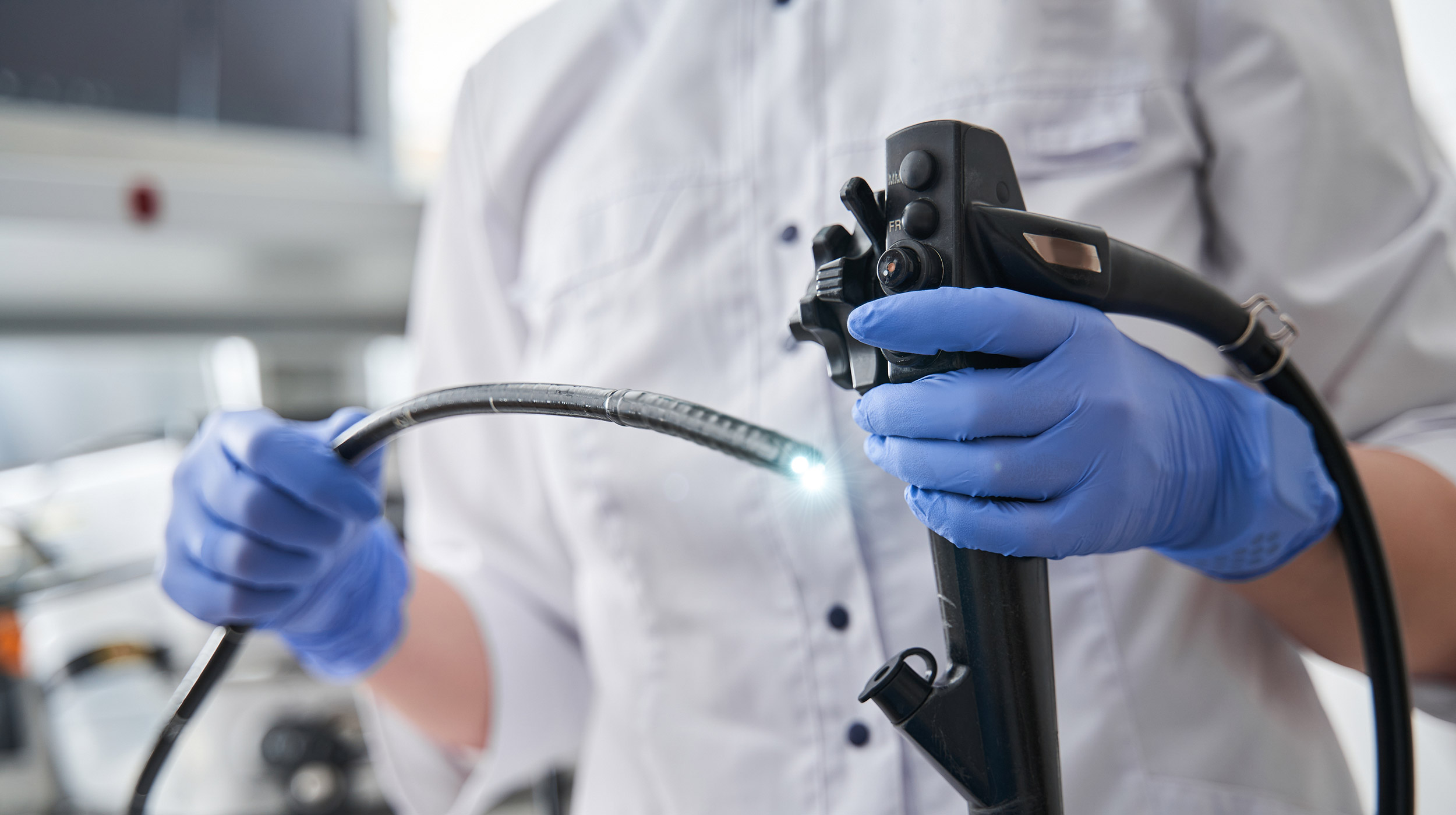
In 2022, urologists had to navigate BCG shortages in their treatment of bladder cancer and also keep close track of emerging technologies for use during endoscopy procedures, including artificial intelligence and robotics.
Looking ahead, experts say that advances in laser technology will drive discussions in 2023, as will the role of advanced practicing providers in urology practices and the utilization of transperineal prostate biopsies.
Thulium fiber lasers achieved significantly higher stone-free rates after a ureteroscopy lithotripsy for renal stones compared with holmium lasers, according to a recent study. Holmium laser technology has long been considered the gold standard for ureteroscopy lithotripsy procedures while thulium fiber laser technology is relatively new.
Laser lithotripsy is an example of how laser technology is becoming more accessible and, in turn, is making endoscopy safer and more productive, according to research by Dr. Pangaitotis Kallidonis published in Current Opinion in Urology.
The effects of an ongoing healthcare worker shortage were described by one group last year as a “national emergency” and may again spark calls for a structured platform for regulating cystoscopy training for U.S.-based advanced practicing providers, or APPs.
With a projected shortage of 65,000 physicians anticipated by 2025, a group of researchers have written that the role of an APP is even more crucial to the success of a urology practice.
By hiring an advanced practicing provider, urology practices can better meet their patients' evolving needs, according to ModMed, a blog from healthcare tech company Modernizing Medicine. Standards of care, however, must remain high as APP roles grow more significant in an evolving urology workforce.
Finally, growing interest in transperineal prostate biopsy could result in a more sterile approach that significantly decreases the risk of infection, according to research published in Current Opinion In Urology.
Most patients who are diagnosed with prostate cancer typically undergo a transrectal biopsy. There were an estimated 268,490 new cases of prostate cancer in 2022, according to the American Cancer Society.


